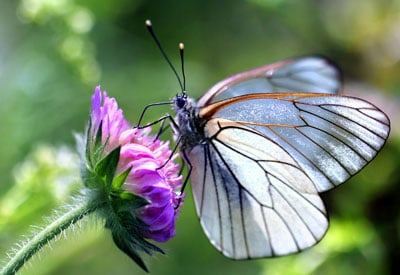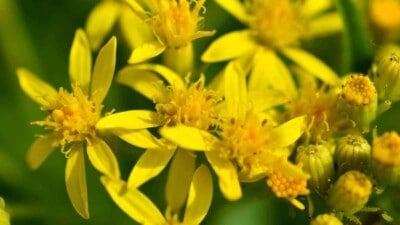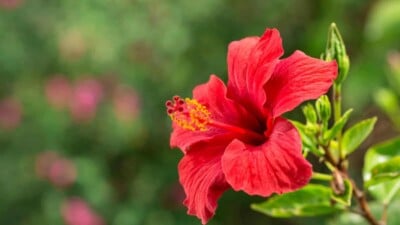When is it Finished?
Tips and techniques for knowing when compost is perfect and ready for use.
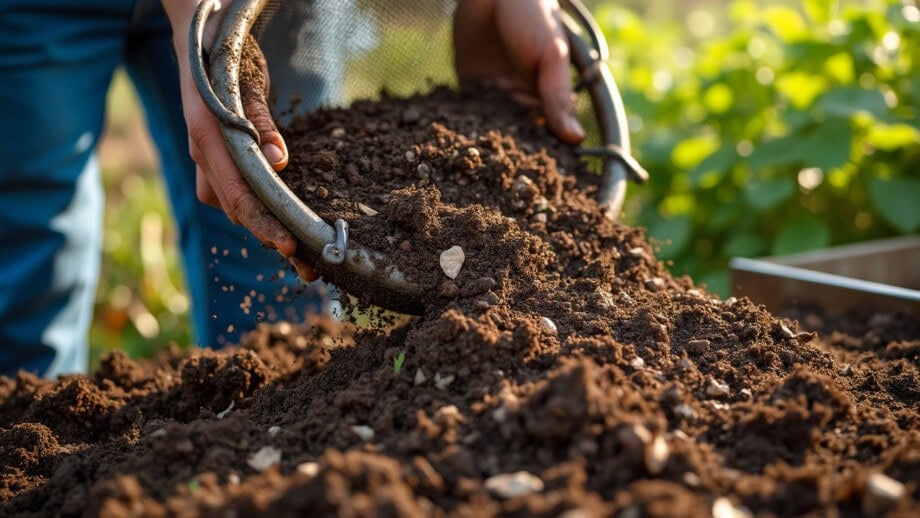
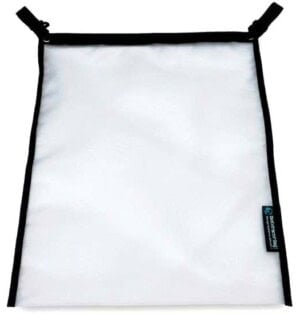
Compost Tea Bags
Available Here
BioExtractor Bag
Use with your favorite soil ingredients to make liquid nutrient solutions.
$44.95Learn moreWhen is Compost Finished?
Compost is ready or finished when it looks, feels and smells like rich, dark earth rather than rotting vegetables. In other words, it should be dark brown, crumbly and smell like earth. The Florida Online Composting Center is one of the few sites that offers detailed home tests for the maturity of compost. The Ohio State University Extension Office has a much more detailed and technical site on testing compost; while some tests described there would only be appropriate for a large-scale operation, much of the information and a few of the tests are useful for back-yard composters as well. Beyond its practical uses, the Ohio site helps composters understand the many criteria involved in assessing compost maturity, from pH to microbial activity to temperature.
A potent elixir for your garden! Compost tea nourishes plants quickly without danger of burning. Rich and balanced in nutrients, this precious liquid give plants a boost, stimulating growth and giving them the strength they need to ward off pests and disease.
The Importance of Mature Compost
Immature compost may contain substances damaging to plants, including acids and pathogens. Furthermore, immature compost in soil continues to decay, a process requiring both nitrogen and oxygen. When these elements are being used to degrade organic material, they’re unavailable to plants. For all of these reasons, it’s important that compost be thoroughly mature before it is applied to soil.
Hot Piles
If you have a hot pile that’s been turned regularly, knowing when it’s done is easy: it won’t heat up any more, even after being turned. Wait several weeks for it to cure, and it’s done.
That extra time for curing allows the microbes that operate at lower-temperature to put their finishing touches on the pile. It also allows earthworms and other larger organisms which don’t tolerate high heat to move back into the compost. This is a bit like having your cake and eating it too: they improve the compost itself and then they improve the soil where the compost is added.
Cool Piles
With cool piles, the line between mature and unfinished compost isn’t as easily marked. Knowing when it’s done takes a combination of experience and artistry. After a year, most cool piles are ready to be used.
In completely finished compost made from shredded materials, none of the original ingredients will be recognizable. If you don’t shred ingredients, however, this would probably take years, since egg-shells, peanut shells, twigs, wood chips, avocado pits and other items take much longer to degrade than do apple cores, moldy bits of bread and tea bags.
Since finished compost can, in fact, contain such things, the important test for whether cool compost is done is the first one given: the look, feel, and smell of it. Mature compost does not contain slimy things, for instance, nor should ordinary kitchen vegetables (carrots, corn, peppers) be recognizable. Garden refuse, too, should be unrecognizable, save for the occasional woody stem or autumn leaf. If pea or bean plants or leafy hedge trimmings can still be picked out and named, the compost needs more time.

Screening
So — what should one do with those egg-shells, wood-chips, and so on? There are several ways to deal with such recalcitrant, woody items, known as “wood-overs” or “compost-overs” or simply “overs” — the over-size pieces that won’t fit through about a half-inch wire mesh or hardware cloth.
You can use the compost as is with the overs in it, pick the biggest pieces (the avocado pits and corn cobs) out by hand, or screen the entire batch, returning the bigger bits to the active compost pile for another round. If you do remove the overs and return them to the pile, they take with them the composting micro-organisms that adhere to them which give a boost to the fresh compost.
The first option is to ignore them. Just use the compost as is, even with the occasional recognizable peanut or egg shell. These things will decay in your soil, though it’s true that the process requires a certain amount of nitrogen. It’s therefore not recommended to add compost with high proportion of uncomposted refuse to nitrogen-poor soil. In general, if you spread such compost in the fall, many of these bigger pieces will break down over the winter.
Alternatively, you can pick the biggest offenders — the corn cobs and avocado pits — out of the finished compost and toss them back into the active pile for another go-round. This can be done easily with things as large as corn cobs, but if you find yourself picking through the compost to find individual peanut shells, it is time to set up a screen. Even avocado pits will compost over a couple of seasons, turning at last to a soft, reddish pulp.
Screening compost takes time and a certain amount of energy but it results in a gorgeous, light and uniform soil. A compost screen can be purchased or built from a few boards and a square of wire netting and set directly over a wheelbarrow, though the wheelbarrow may need to be set up on cement blocks to bring it to a comfortable working height for some folks. This arrangement makes for the least amount of shoveling as the compost comes out of the bin straight onto the screen. It’s then ready to wheel off to the flower border, the potato bed or the raspberry patch.

